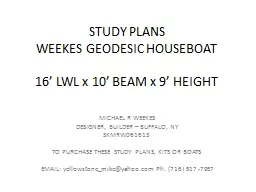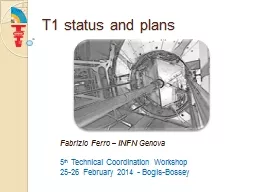PPT-Results and plans from
Author : v2nant | Published Date : 2020-07-02
LHCf Hiroaki MENJO KMI Nagoya University Japan On behalf of the LHCf collaboration Miniworkshop UHECR and hadron interaction in the LHC era ICRR 12 Oct
Presentation Embed Code
Download Presentation
Download Presentation The PPT/PDF document "Results and plans from" is the property of its rightful owner. Permission is granted to download and print the materials on this website for personal, non-commercial use only, and to display it on your personal computer provided you do not modify the materials and that you retain all copyright notices contained in the materials. By downloading content from our website, you accept the terms of this agreement.
Results and plans from: Transcript
Download Rules Of Document
"Results and plans from"The content belongs to its owner. You may download and print it for personal use, without modification, and keep all copyright notices. By downloading, you agree to these terms.
Related Documents














